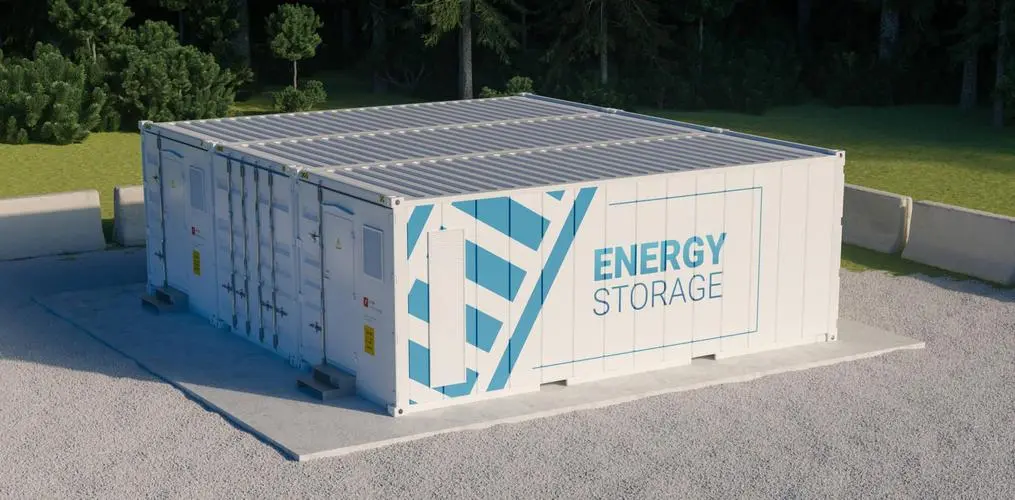 |
Welcome To Evlithium Best Store For Lithium Iron Phosphate (LiFePO4) Battery |
 |

The battery system is the heart of any energy storage setup, typically composed of hundreds of cylindrical or prismatic cells connected in series and parallel. Battery inconsistency refers to variations in parameters such as capacity, internal resistance, and temperature among individual cells. When batteries with inconsistencies are used together in series and parallel configurations, several issues can arise:
In an energy storage system, individual cells are combined to form a battery pack, which in turn can be connected with other packs to form larger battery clusters. These clusters are often linked to a shared DC bus. The inconsistency between cells—whether in series or parallel—can lead to a reduction in usable capacity.
According to the “weakest link” principle (also known as the barrel principle), the total capacity of a battery system depends on the cell with the lowest capacity. Differences in temperature and cell characteristics cause each cell to perform differently. The cell with the smallest capacity charges faster and discharges earlier, limiting the overall charging and discharging performance of the system. Over time, without proper balancing, this capacity mismatch worsens, further accelerating the loss of usable capacity.
When battery clusters are directly connected in parallel, the system can experience circulating currents. This forces the voltage of each cluster to balance, but leads to uneven charging and discharging. Some clusters may overcharge while others remain undercharged, resulting in capacity loss, temperature rise, and faster battery degradation. Even a small voltage difference between clusters can cause large current imbalances, negatively affecting battery efficiency, lifespan, and safety.
For example, real-world data from a power station shows a deviation of 75A in charging current between clusters, representing a 42% deviation from the theoretical average. This current mismatch can cause overcharging or overdischarging in certain clusters, decreasing system efficiency and increasing the risk of serious accidents.
Temperature is a critical factor in the lifespan of energy storage systems. A 15°C increase in the internal temperature can reduce battery life by more than half. During charging and discharging, lithium batteries generate significant heat, which can exacerbate temperature differences between cells. This temperature disparity increases the inconsistency in internal resistance and capacity, accelerating cell degradation, shortening the battery system’s lifespan, and introducing safety risks.
While battery inconsistency is inevitable due to the chemical properties of batteries and external factors, it can be mitigated with advanced technology. By integrating digital tools, power electronics, and energy storage systems, the negative effects of inconsistency can be minimized. Here are some key solutions:
Active Balancing Technology: This technology continuously monitors the voltage and temperature of individual cells in real time, helping to reduce inconsistencies in series connections. It can increase the system's usable capacity by over 20% throughout its lifecycle.
Independent Charge/Discharge Management: By managing the charging and discharging of each battery cluster separately and avoiding direct parallel connections, the system can prevent circulating currents, improving usable capacity and overall system efficiency.
Precise Temperature Control: Real-time monitoring of individual cell temperatures, combined with optimized thermal design using CFD simulations and extensive experimental data, helps maintain a maximum temperature difference of less than 5°C between cells. This reduces the risk of temperature-induced degradation, extending the system's lifespan and enhancing safety.
These solutions not only address the key challenges posed by battery inconsistencies but also improve the efficiency, capacity, and longevity of energy storage systems.
Edit by paco